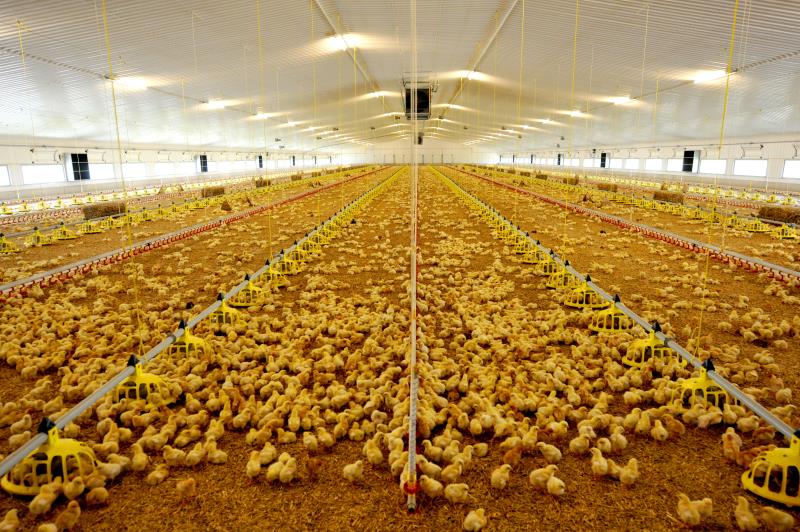On 12 April 2024, the Council adopted the revised directive on industrial emissions. EU member states now have up to 22 months to incorporate the provisions of the directive into their national legislation.
The revised version of the EU’s rules on emissions generated by industrial installations, which will extend to more pig and poultry farms.
The measures will apply from 2030 to pig farms with more than 350 livestock units (LSU), equivalent to approximately 1,100 adult pigs and 700 sows (females used for breeding), with the exemption of organic and extensive farms. The current directive already covers pig farms with more than 2,000 pigs and 750 sows.
The threshold for poultry remains unchanged at 280 LSU or 40,000 animals for farms rearing chickens for meat, while for egg-producing farms, the new limit is set at 21,400 laying hens, down from 40,000 under the current rules. For mixed farms rearing pigs and poultry, the threshold is 380 LSUs.
Companies can face penalties of at least 3% of their annual EU turnover for the most serious infringements, while citizens affected by a violation of the rules can claim compensation for damages to their health.
In 2028 (and every five years thereafter), the Commission will review and assess the implementation of the directive, taking into account emerging techniques. Additionally, by 2026, the Commission has to assess the emissions from cattle, and whether there is a need for a reciprocity clause for imports to ensure that products imported from outside the EU meet similar environmental standards as those produced in the bloc.
The approved text has changed significantly compared to the original European Commission proposal, which looked to bring much more of the EU’s livestock sector into the scope of the rules by expanding the scope of the IED to cover cattle, pig, and poultry farms of more than 150 LSUs.
For Copa Cogeca, the final outcome of the vote on the Industrial Emissions Directive is particularly disappointing because the resulting text is unfair to thousands of family pig and poultry farms who should not be treated as an industrial activity and believe that the percentage of farms covered by the directive had been underestimated.
